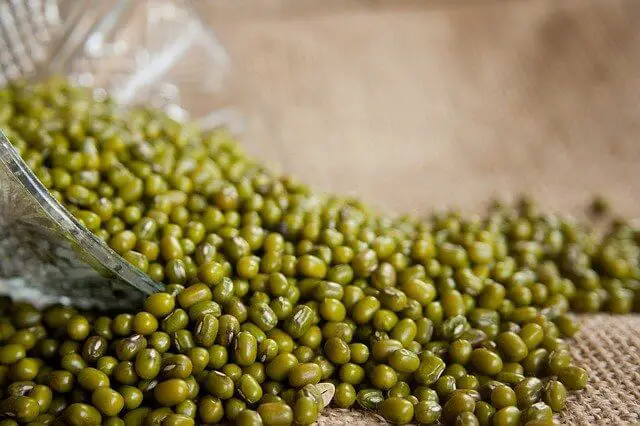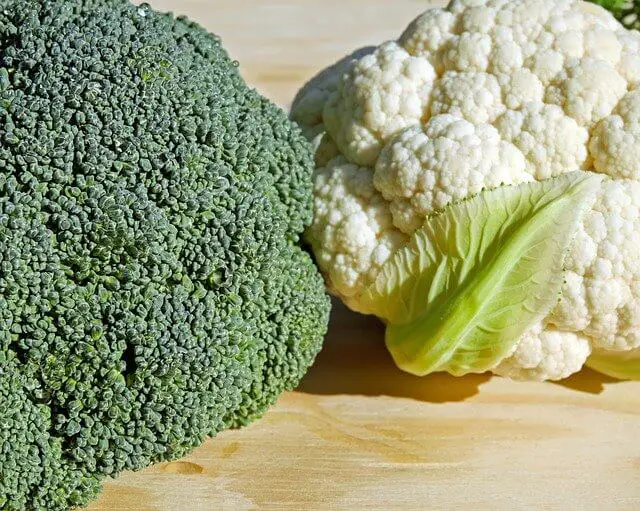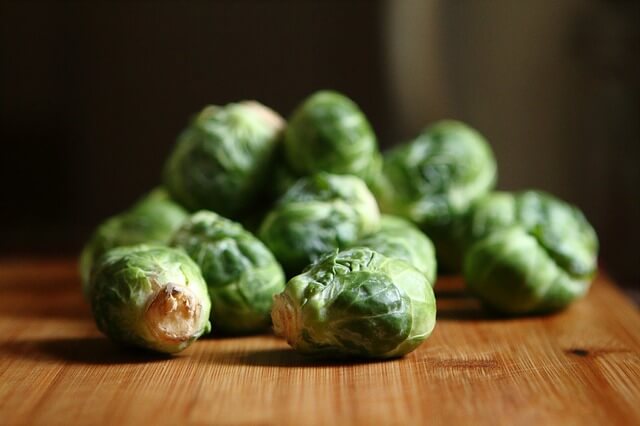Whether you’ve saved your own seeds in storage container from the vegetable garden or purchased high-quality seeds, carefully storing seeds in a good seeds storage container will allow you to preserve them for as long as possible.
One of the little pleasures of gardening is knowing that what you grow this year will be available for many years to come.
Combine that with the unpredictability of seeds being accessible when you need them (assuming you, like everyone else, got caught up in the wild race for seeds last spring), and seed preservation is more crucial than ever.
Having a method for organizing seeds enables you to keep track of what seeds you have and avoid buying seeds you already have.
It can also help you keep track of your seeds by age, allowing you to use older seeds first and compost expired seeds instead of planting them.
Each seed packet bears an origination date, which indicates when the seeds were gathered. (If you harvest your own seeds, be sure to date them!)
This number can assist you in swiftly sorting through seed packages and categorizing them by year if necessary.
How do you store seed packets for next year?
Place all of your packets in sealed plastic bags and place in the refrigerator. Because the temperature and humidity levels in the refrigerator both rise when the door is opened, it’s best to store your seeds in the rear corner of the lowest shelf, where the temperature will be the most constant.
Read also: How To Store Seeds In Freezer
How long do seeds last in packets?
Seeds in good condition and carefully stored will last at least a year and, depending on the plant, up to five years.
What are the methods of storing seeds?
It is recommended to store seeds in an airtight glass jar or an aluminum package. Moisture will not be able to penetrate the glass, keeping the seeds dry and viable for many years; the same is true for the metal.
Read also: How To Categorize Seeds
How to Save and Store Seeds
Harvest seeds at the conclusion of the growing season in your location to ensure a seed supply for future seasons of growth. Harvesting seeds is enjoyable!
If the seeds mature rapidly, you can store them throughout the growing season. Simply pick up the seed pods or deadheads as you come across them!
Follow these easy procedures to gather seeds:
- Extract the seeds from the fruit, vegetable, or seed pod. Remove them from the flower seed heads instead.
- Place the seeds in a tray or a cardboard box/lid to dry for a few days.
- Check on the seeds many times a day and stir them around to allow them to dry completely.
- Transfer the seeds to a paper bag, envelope, or other container after at least four days. Lots of amazing possibilities are listed here!
Conclusion
As long as your seeds have dried completely, they can freeze without causing too much damage.
Because temperature fluctuations are moderate outside, there is less risk of condensation, and cold air tends to keep the seeds dry anyhow. The most essential thing is to keep the area dry.



